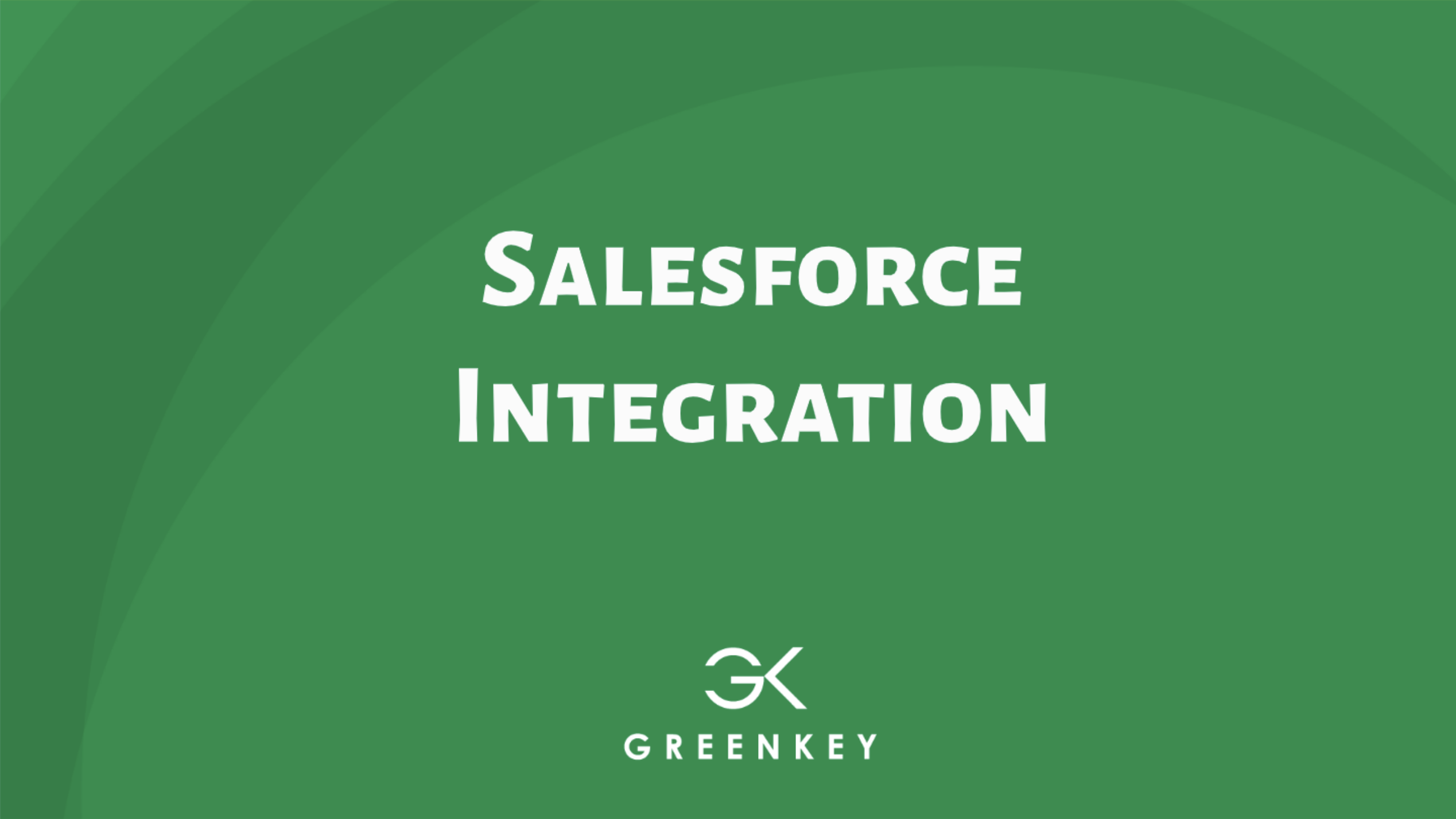Imagine standing in front of a twenty-thousand-square-foot steel warehouse full of your company’s products.
How will you sell your products to customers?
The combination of sales and marketing working in tandem is a profitable approach for many corporations.
In the Salesforce ecosystem, marketers do this by leveraging Salesforce and Account Engagement (Pardot) together. But, first, you need to understand how data flows between the two systems.
How Account Engagement sends prospects to Salesforce
Marketers can control when prospects go to Salesforce through assignments. When Account Engagement assigns a prospect to a salesperson, Salesforce creates a Lead record with the prospect’s information.
You can assign prospects manually, with automation rules, or completion actions with any of these methods:
- User
- Group
- Queue
- Salesforce active assignment rules
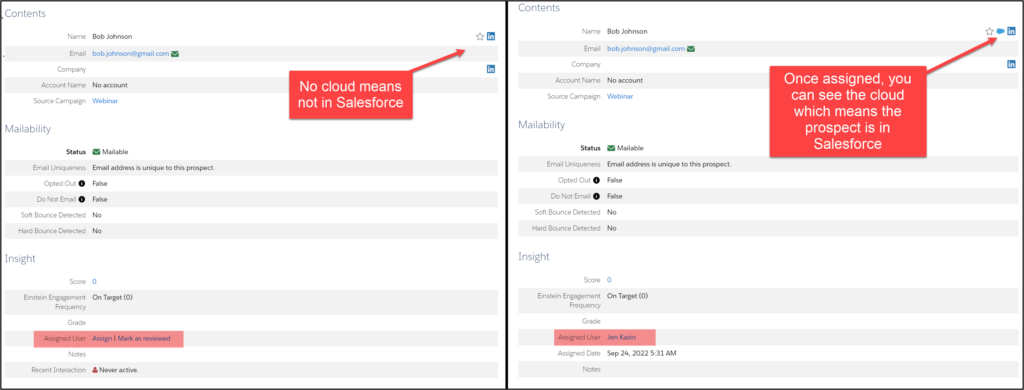
Here’s a flow chart of the assignment process:
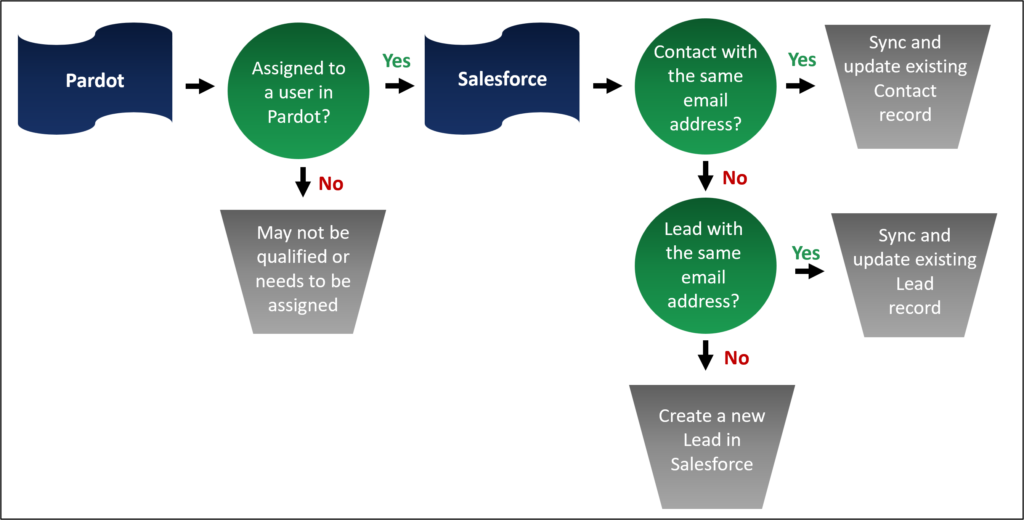
(Image from Jenna Molby.)
How Salesforce sends Leads and Contacts to Account Engagement
Now let’s focus on how data flows from Salesforce to Account Engagement. You can control the primary setting on the Account Engagement Settings > Connector. Check the box to “Automatically create prospects in Account Engagement if they are created as a Lead or Contact in Salesforce.
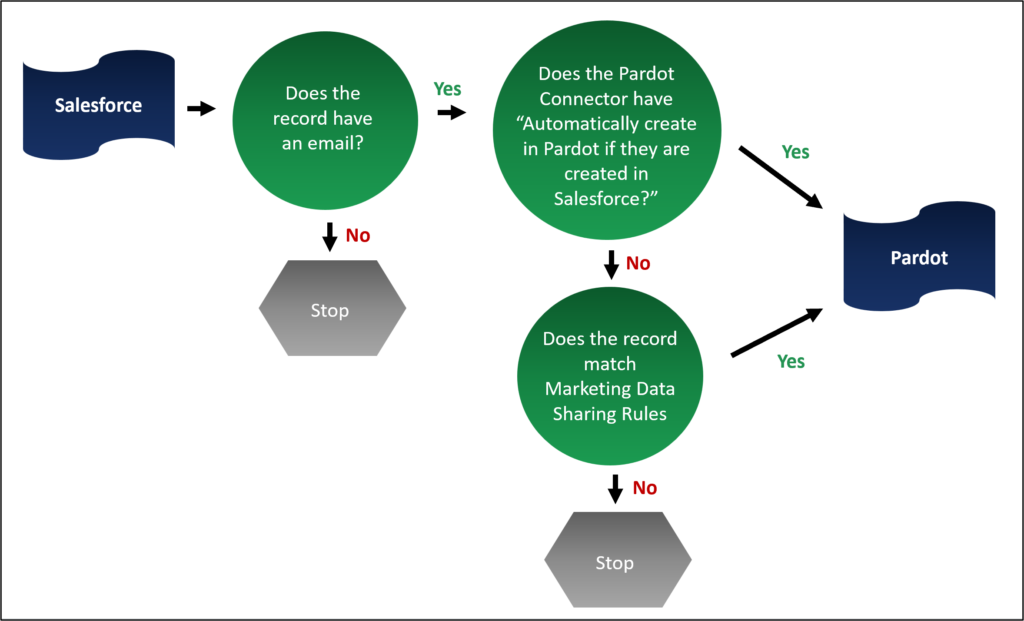
(Image from Automation champion.)
The salesforce connector
Now, let’s take a closer look at the salesforce connector settings. When you go into Account Engagement settings > Connectors, you can see the settings that pertain to the Salesforce integration. For more documentation, read this.
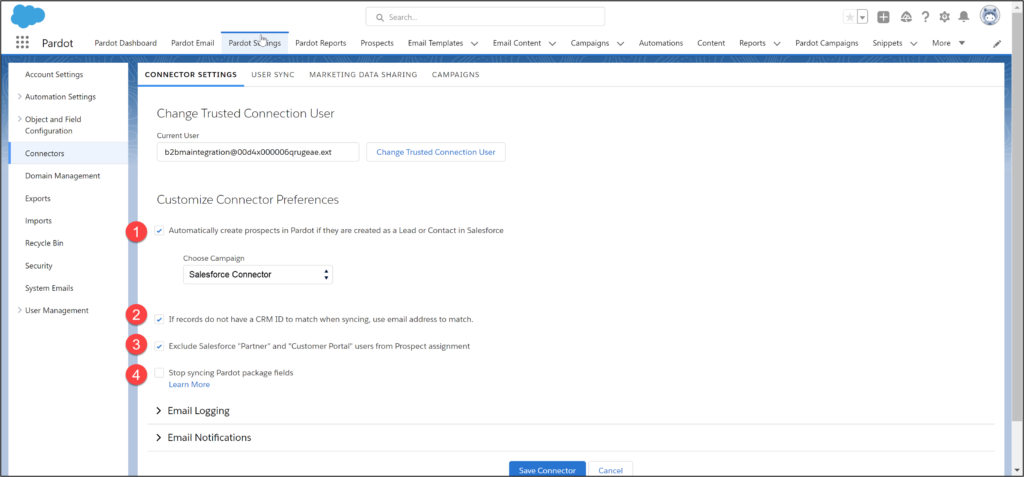
‘1. Automatically create prospects in Account Engagement if they are created as a Lead or Contact in Salesforce – When checked, this setting will allow any new Lead or Contact to flow to Account Engagement. New prospects will only be created when the Lead or Contact has an email address.
The setting is not retroactive.
For instance, if this setting was unchecked for four days and is now checked, the system will not add any new Leads or Contacts to Account Engagement from the four-day period. Instead, new Leads and Contacts will only flow to Pardot upon creation when the setting is checked.
2. If records do not have a CRM ID to match when syncing, use an email address to match – Marketers use this setting to ensure that the system will use the email to compare imported prospects to ones already in the database.
For example, you are importing a trade show list, and you don’t have CRM IDs in the list. One name on the list is Jane Jensen, with the email jjenson@gmail.com. Because jjenson@gmail.com is already in Account Engagement, the system will not import Jane (preventing an unwanted duplicate).
3. Exclude Salesforce “Partner” and “Customer Portal” users from Prospect assignment – This setting doesn’t list Salesforce Partner and Customer Portal users in the CRM Username dropdown in Account Engagement user records.
4. Stop syncing Account Engagement package fields – Prevents Account Engagement AppExchange package fields such as grade and score from syncing to Salesforce. Companies with multiple business units syncing to a single salesforce record use this setting to prevent business units from overriding the data in Salesforce.

